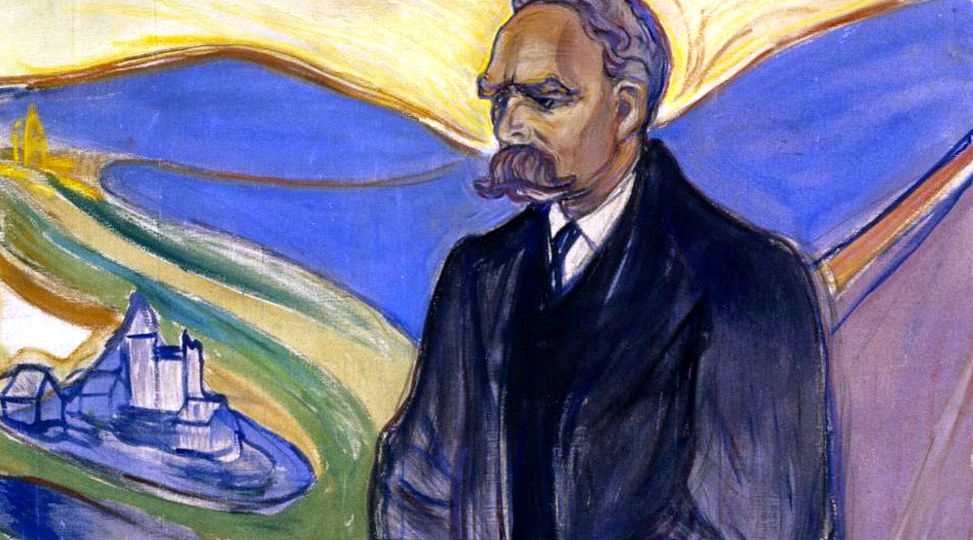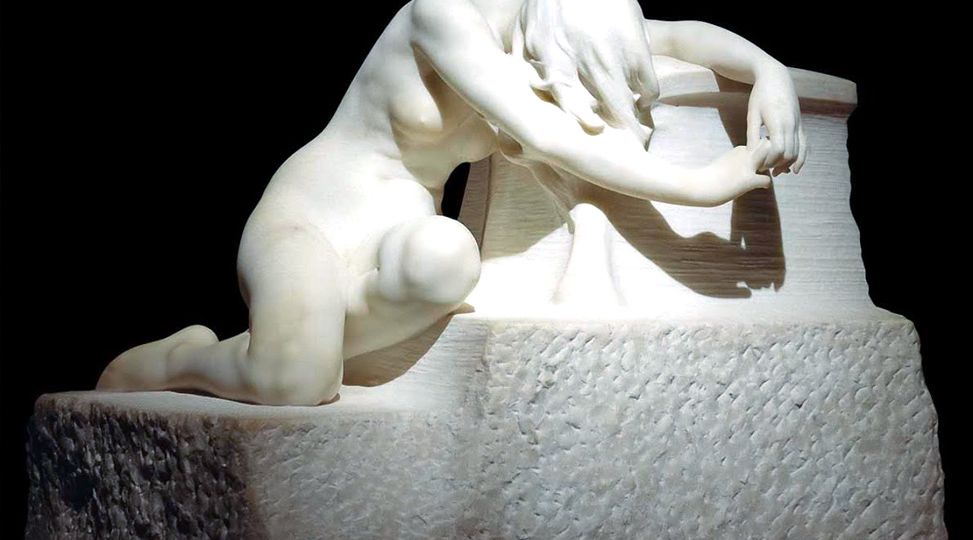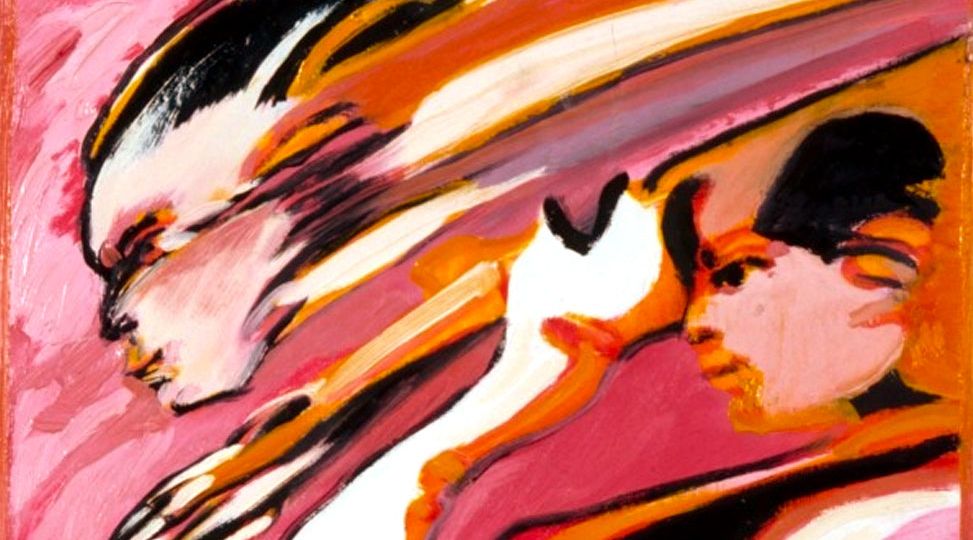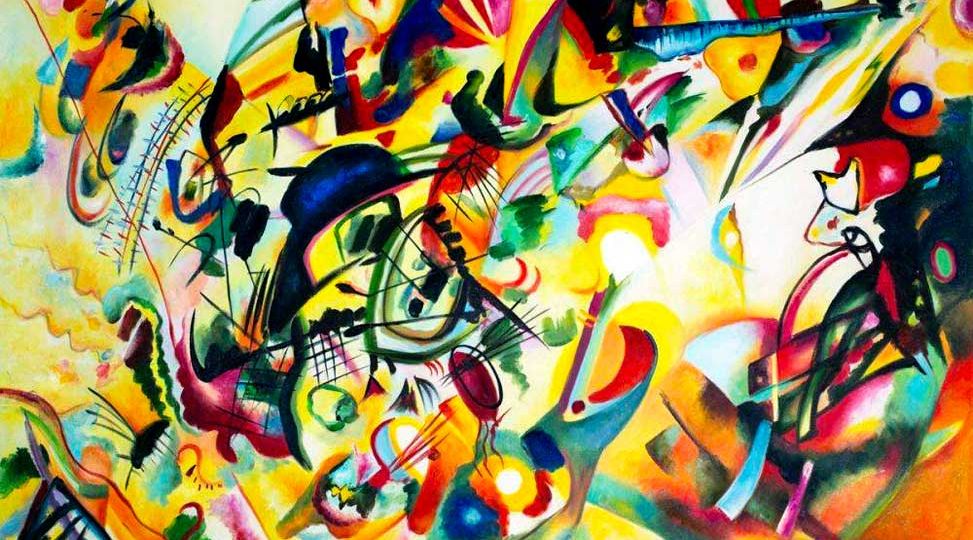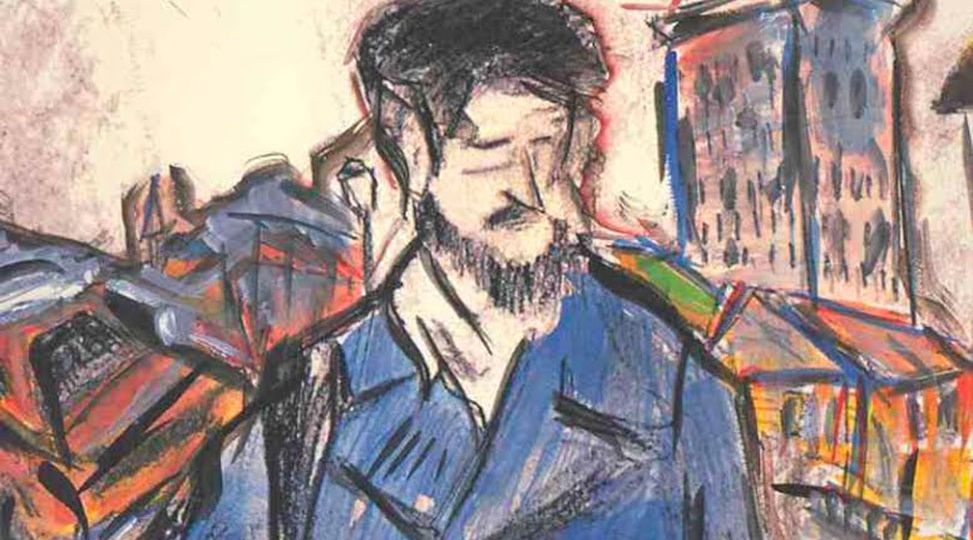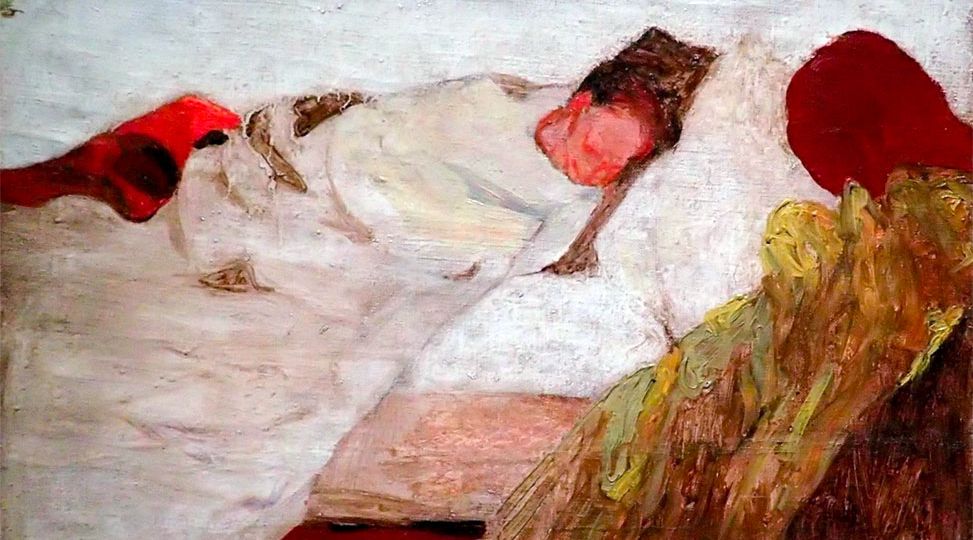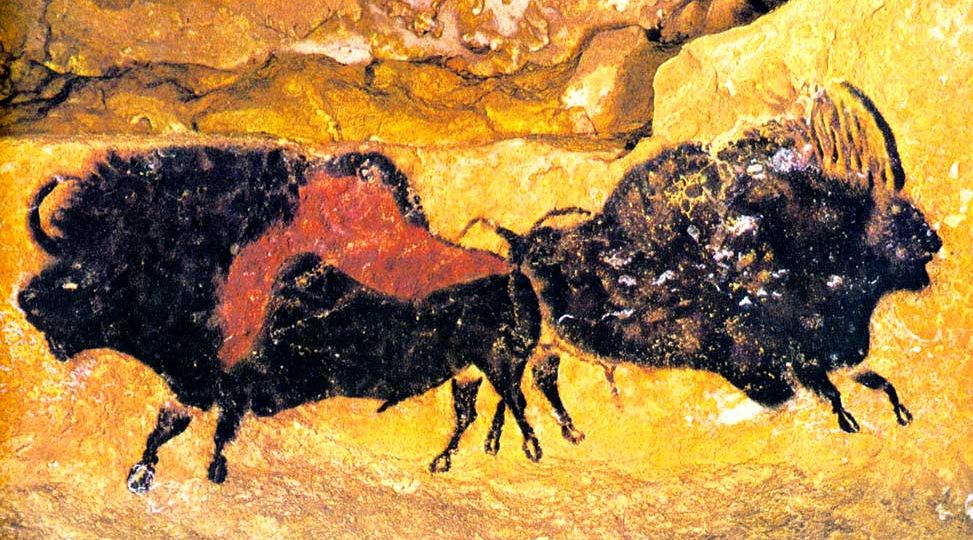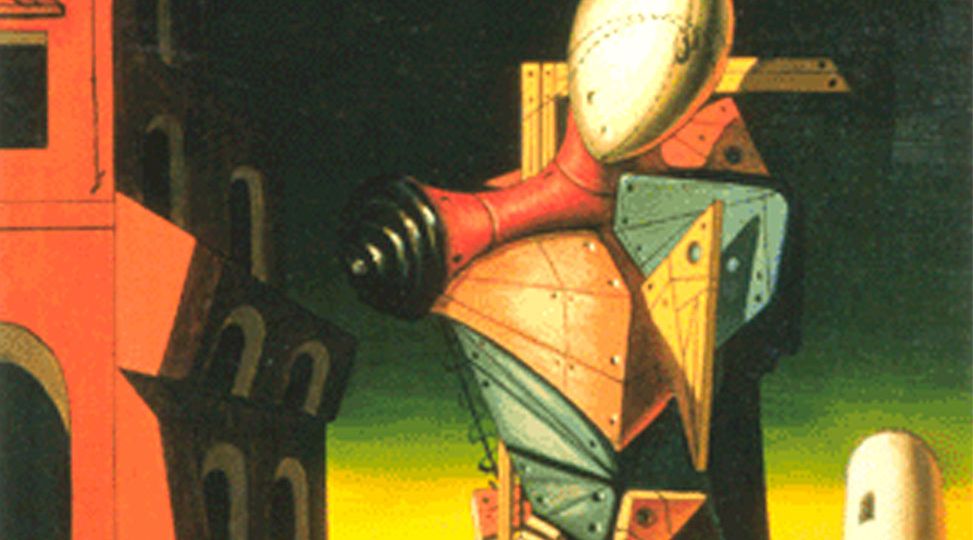Rather than truly being able to move down to embrace the inferior function, to achieve “integrity in depth,” Nietzsche tries to “overcome” the problem of the personality. His fantastic intuitions are not wholly thought through, and so he is not able to deal with the real task of individuation, which asks us to ground consciousness in the reality of body and mind.
shadow
Kowalsky’s self-sacrifice can be seen as the Animus acting as “the door through which all the figures of the unconscious come into consciousness.” His extraverted feeling is giving Stone a much-needed lesson: She must stop holding on to a situation that is no longer life-giving. It is time to let go of her debilitating prison of pain—and of her former self—so she can move forward.
The typical debate, –’Profiling is bad!’ vs. ‘We’re not profiling!’&ndsh; has not been particularly productive. Racial and ethnic stereotyping continues despite decades of public condemnation. It seems to me that the questions we really need to be considering are more along the lines of: ‘What is profiling?’ ‘How and when does it lead to bad outcomes?’
If the dreamer is willing to work a dream from a psychological type perspective and the therapist has the knowledge to do so, then bringing type to dream work can be helpful. I utilize this approach either when I see an aspect of psychological type present or when I cannot make heads or tails of a dream by taking other approaches.
Our often-used shorthand illustration with a line drawn between the four allegedly conscious function-attitudes and the four “unconscious” ones is misleading because consciousness is not a sufficiently reliable characteristic for distinguishing these two sides of the psyche’s typology. It’s related to what distinguishes them, but only as a secondary and fairly unpredictable characteristic.
China has emphasized Se and Ne, leaving itself at present with a relatively weak Ni, even though Ni is China’s natural superior function and its historical birthright. A strong Ni, for example was the consciousness that gave birth to the three great Chinese religions: Confucianism, Taoism, and Buddhism, all of which anticipated Jung’s notion of the Self.
The portrait of Bob Dylan in the film “I’m not there” demonstrates how a lack of father-specific structure is compensated by a powerful and extraordinarily creative but volatile and defenseless Puer structure; and the movie further illustrates the tendency of the Shadow complexes to rise to repair such psychic vulnerabilities and restore equilibrium.
In a dream she showed up as twins. One who was quiet and could play by herself (like her father, Ti) and the other who was very precocious as she hung upside down from a tree (like her mother, Te), reflecting the inherent nature of the Opposing Personality. From the outset of our work her battle seemed to reflect inferiority about not being an extravert.
The ego asks why anyone in his or her right mind should actually allow the troublesome aspects of his or her personality to be expressed. Jung’s answer is “for the development of character.” …For Jung, the inferior function is thus not just a trouble-maker extraordinaire, it is a moral exigency as well.
Some people can be over-identified with the persona and experience inauthenticity. This identification with the persona can be due to habituation, social pressures, influences from childhood, defensiveness or anything that has given the individual a message indicating that the character of the persona is a preferable way to be.


